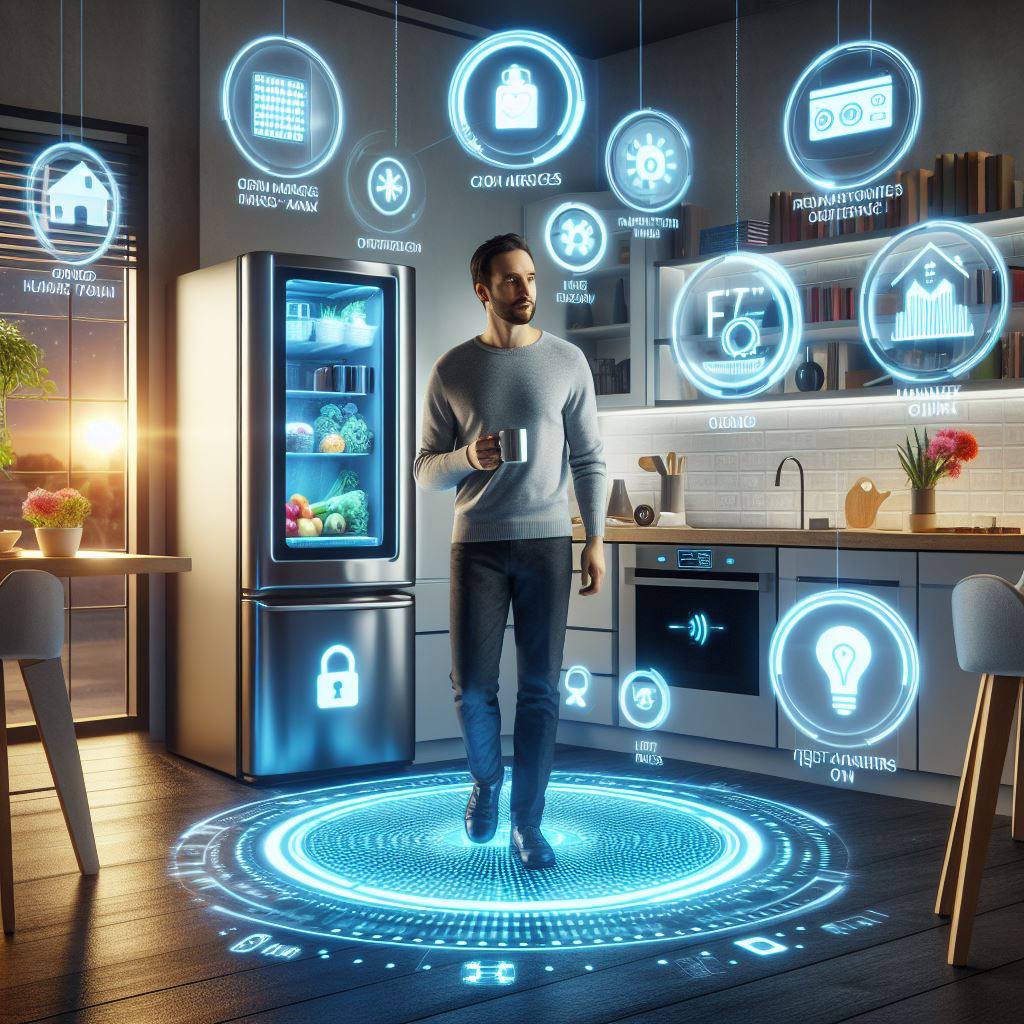
The roots of Machine-to-Machine (M2M) communication can be traced back to the early days of industrial automation when devices first began exchanging data. However, the shift occurred with the emergence of M2M application platforms, marking a pivotal moment in technological history.
It all began with the need for more efficient and interconnected systems. As industries sought ways to enhance communication between devices, M2M application platforms evolved as the solution. These platforms became the linchpin, enabling seamless data exchange among devices, and laying the groundwork for a more integrated future.
Fast forward to the convergence of Artificial Intelligence (AI) and the Internet of Things (IoT), and M2M application platforms entered a new era. AI brought cognitive capabilities, allowing machines to interpret data intelligently, while IoT provided the connectivity necessary for a vast network of devices. Together, they formed a symbiotic relationship, transforming M2M applications into intelligent, predictive systems.
Industries like manufacturing, healthcare, and transportation have witnessed the tangible impact of this synergy. AI-driven analytics optimize processes, predict maintenance needs, and enhance overall efficiency. The evolution continues, with smart cities harnessing the power of M2M application platforms to create more sustainable and responsive urban environments.
As we stand on the cusp of tomorrow, the story of M2M application platforms is one of relentless innovation. From humble beginnings to a future where machines communicate intelligently, this journey exemplifies the relentless pursuit of efficiency and connectivity in our increasingly digitized world.
AI: The Brain Behind the Brawn
At the core of the collaboration reshaping industries is Artificial Intelligence (AI), the brains behind the brawn of modern technology. AI introduces cognitive capabilities to machines, endowing them with the ability to analyze vast datasets, discern intricate patterns, and make decisions autonomously. This transformative force is particularly evident in the realm of Machine-to-Machine (M2M) applications, revolutionizing the landscape with its potential for smarter and more efficient processes.
Imagine a future where machines transcend their traditional roles. Thanks to AI, this vision is becoming a reality. M2M applications infused with AI empower machines to predict maintenance requirements accurately, optimizing operational efficiency. The intelligent analysis of data enables these machines to fine-tune energy consumption, ensuring a more sustainable and cost-effective approach. Furthermore, AI allows machines to dynamically adapt to changing conditions, ushering in an era where technological systems seamlessly align with the ever-shifting demands of the environment.
As industries embrace the power of AI in M2M applications, the result is a paradigm shift. The once static and reactive systems evolve into proactive, predictive entities, capable of navigating the complexities of a rapidly changing world. The integration of AI in M2M not only streamlines operations but sets the stage for a future where machines operate with unprecedented autonomy, bringing us closer to a world where intelligent technology becomes an integral part of our daily lives.
Enhancing Efficiency in Industrial Settings
Revolutionizing industrial landscapes, the impact of the collaboration between Artificial Intelligence (AI) and the Internet of Things (IoT) is most pronounced in enhancing efficiency within industrial settings. The marriage of AI algorithms and data from IoT devices has ushered in a new era of operational optimization, predictive maintenance, and streamlined supply chains.
In the realm of production processes, AI algorithms analyze data gleaned from IoT-connected devices to optimize operations. This means efficiency gains and a profound transformation of how industries operate. Predicting equipment failures before they occur is a game-changer. By leveraging real-time data, machines can anticipate potential issues, enabling proactive maintenance measures that minimize downtime and prevent costly disruptions.
Streamlining supply chains is another frontier where the synergy of AI and IoT shines. With the ability to analyze data from various touchpoints within the supply chain, AI-driven M2M applications enable companies to make informed decisions in real time. This agility results in optimized logistics, reduced delays, and an overall more responsive and adaptive supply chain.
The tangible outcome of this transformative collaboration is a substantial enhancement to the bottom line. Companies are no longer confined to a reactive stance. Instead, armed with the predictive power of AI-driven M2M applications, they become proactive players in the industrial landscape. This proactive approach translates into increased efficiency, reduced downtime, and ultimately, a more robust and resilient bottom line.
Smart Cities: Where AI and IoT Shine
The ascendancy of smart cities propelled by the collaboration between Artificial Intelligence (AI) and the Internet of Things (IoT) is a concept gaining considerable traction.
Traffic management is a prime example of where this collaboration shines. AI algorithms process data from IoT-connected sensors embedded in streets, vehicles, and infrastructure.
Waste disposal undergoes a transformative shift in smart cities. IoT-enabled sensors in waste bins provide real-time data on fill levels, allowing for optimized waste collection routes. AI algorithms analyze historical data to predict peak disposal times, ensuring timely and efficient waste management. The outcome is a cleaner, more sustainable city environment.
The collaboration of AI and IoT extends its reach to various aspects of urban life, enhancing the quality of life for citizens. From smart street lighting that adjusts to foot traffic, optimizing energy usage, to environmental monitoring systems that provide real-time air quality data, these technologies work harmoniously to create cities that are responsive and adaptive.
The true power of this collaboration lies in real-time data analytics, allowing cities to respond swiftly to challenges. Whether it’s traffic congestion, environmental concerns, or public safety issues, smart cities equipped with AI and IoT capabilities can proactively address and mitigate these challenges, making urban living more sustainable, enjoyable, and future-ready. As the momentum of urbanization continues, the collaboration between AI and IoT stands as a beacon, guiding cities towards a smarter and more connected future.
